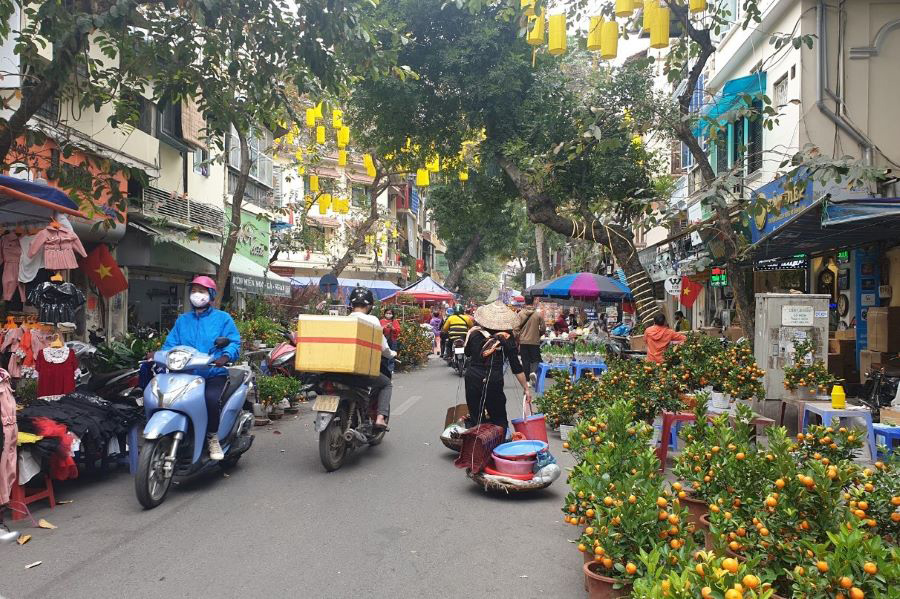Date: 12 – 14 February 2021 (1 – 3 February 2022)
Location: Vietnam
Tết, also known as Vietnamese Lunar New Year, is the most important festival in Vietnamese Culture which celebrates the arrival of spring based on the lunar calendar. Generally, it is celebrated on the same day as Chinese New Year and takes place from the first day of the first month until at least the third day.

Tết is an occasion for ancestor worships and family reunions. Before the festival, people usually return to their homeland. They will visit and clear up graves of their ancestors as a sign of respect and also invite those deceased relatives to join family gatherings.
On the New Year´s Eve, all family members will gather during the dinner, to start forgetting about trouble of the past year and hoping for a better and happier upcoming year.
The first day of Tết is specially for immediate family, to visit a person´s house and giving lucky money containing on red envelopes to children and elderly. As Vietnameses believe that the good temper, morality, and success of the first person who enters a house will determine their fortune for the entire year, that´s why people never enter any house on the first day without being invited. During subsequent days, people visit relatives, friends and local buddist temples to give donations and get their fortunes told.
Usually, people will clean their house before the new year and decorates with yellow apricot blossoms (Hoa Mai) in the central and southern regions and peach blossoms (Hoa Đào) in the northern region. The kumquat tree is also a popular decoration as its many fruits symbolize the fertility and fruitfulness.

Five-fruit tray is one of the most important part on the family altar. It represents five blessings: wealthy – luxurios – long life – healthy – safe and five elements: metal – wood – water – fire – earth. It has a common meaning which is to show respect and to wish for the good things during the new year. However, from the north to the south, people choose different types of fruits based on its climate, specialities and locality´s perception.
In Vietnamese culture, cooking special holiday food is also an important part of the new year. The sticky rice cake (Bánh Chưng) is an indispensable dish. It is to express the gratitude and devotion of “Think of the man who planted the tree” of descendants to grandparents and parents and reflects the national identity of Vietnam with its wet-rice culture.
Calligraphy giving is a special traditional custom in Vietnam which originated from the art of writing beautifully. During the Lunar New Year, people usually flock to the Temple of Literature in Hanoi to ask calligraphers for good words to hang in their home in the hope of a new year with good health, peace, happiness and luck. When writing the characters, calligraphers will explain the meaning of each letter for receivers so that they can fully understand the profound meaning of each word, thereby understanding more about the cultural custom of the nation.
Although the Lunar New Year is well known in China and takes place at other countries in the Southeast Asia, the Vietnamese Lunar New Year is diferent and unique. Come here to celebrate and enjoy this special festival (see video here).
